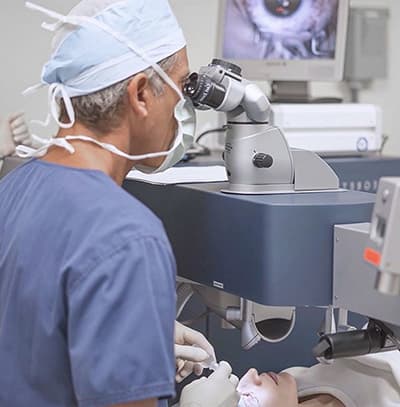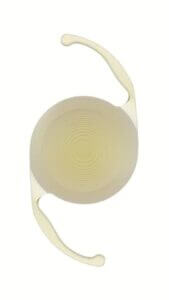Refractive Management for Cataract Surgery Patients

Cataract surgery is, in essence, lens replacement surgery. It involves the removal of the eye’s now cloudy natural lens (cataract) and implantation of a clear artificial lens (“intraocular lens implant,” or “IOL.”).
Traditional cataract surgery with traditional lens implants and techniques allow most patients to see without the need for cumbersome thick glasses or special high-powered contact lenses.
With newer techniques, surgical planning, imaging, measurement devices, and special lens implant designs, cataract surgery has now become an opportunity for patients to achieve a high level of spectacle independence, or, in many cases, complete freedom from glasses.
In short, cataract surgery can be a refractive procedure (like LASIK, although often times more can be done with a cataract patient’s vision than an even a LASIK patient’s vision). The major surgical techniques for managing the refractive component of a cataract patient’s vision are outlined below.
Vivity Extended Vision IOL (DFTx15, DATx15): Extended depth of focus lens for seeing far, intermediate, and near. The near vision is not as strong as with a true multifocal lens, but the Vivity approaches a monofocal lens in terms of the contrast sensitivity, clarity and minimum of side effects it provides. Some patients who are not ideal candidates for a multifocal lens may still qualify as Vivity candidates. It is available in clear and blue-blocker, toric and non-toric versions.
Astigmatism Correction
Astigmatism occurs when the eye is shaped more like a football than a basketball. Most commonly, the front part of the eye (cornea) is steeper in one direction than the other. Most people have some degree of astigmatism, and low levels of astigmatism are generally well tolerated.
As the level of astigmatism increases, however, so does the level of blurred or distorted vision. For patients seeking good vision without glasses or contact lenses after their cataract procedure, it becomes important to minimize their astigmatism.
The main techniques for achieving minimal astigmatism following cataract surgery include:
- Adjusting incision size and location: With cataract surgery, a small, typically self-sealing (no stitches needed) opening is made in the eye in order to access the cataract, remove it, and implant the new lens. Depending on the shape of a patient’s eye, incisions of different sizes, shapes, or locations are important if a goal of minimizing the need for spectacles is to be achieved.
- Limbal Relaxing Incisions (LRIs) / Astigmatic Keratotomy (AK): In addition to the main cataract incisions, extra incisions (one or two) can be made at the time of cataract surgery that, by virtue of their length, location, and depth, can help make an eye more spherical, similar to loosening the laces on a football. LRIs work best for lower levels of astigmatism and are commonly used in combination with Presbyopic Vision Correction (below).
- Toric IOLs: Lens implants that specifically correct astigmatism are called “Toric” IOLs. These lenses are not spherical. Like some patients’ eyes, these lenses are steeper in one direction, flatter in another. By orienting a Toric IOL properly, it has the capacity to correct both low and high amounts of astigmatism. These lens implants are the most robust means of minimizing post-cataract astigmatism.
Presbyopic Vision Correction
The normal human lens undergoes a noticeable decline in its capacity to adjust focus from far to near, usually around the age of 40 (“presbyopia”). People who never needed glasses or contact lenses find themselves reaching for reading glasses, and seasoned glasses wearers begin considering bifocal or progressive type spectacles.
When cataract surgery is performed, because the natural lens is removed, the symptoms of presbyopia will assuredly be manifest, unless techniques are employed to minimize those symptoms. The options for managing presbyopia in cataract surgery patients include:

Monovision
To a large degree, people primarily focus on a given object with one eye (The brain may choose to switch between eyes, depending on the direction of gaze.). Monovision takes advantage of this natural, normal occurrence by having one eye corrected for distance vision and the other eye corrected for near vision.
In so doing, a monovision patient is capable of seeing objects at most distances quite clearly. The brain automatically switches between eyes, depending on the distance of the object of regard. Not all patients can tolerate significant levels of a discrepancy between their eyes. But, for those who are good candidates, monovision can be an excellent means of minimizing one’s need for glasses after cataract surgery.

Accommodating Lens Implants (Crystalens)
The interest in developing a lens implant that can move inside the eye, adjusting focus like a younger person’s natural lens, has been strong. In this class of “Accomodating IOLs,” only the Crystalens has been FDA approved. The Crystalens has gone though several design iterations since its initial FDA approval in 2003.
While the Crystalens does not normally provide strong reading vision without glasses, it generally gives patients the ability to perform many casual near vision tasks without spectacles (ie: seeing a text message, checking an email). It is not uncommon to combine a slight amount of monovision with Crystalens implantation, further enhancing the capacity to see without glasses.

Multifocal and Extended Depth of Focus Lens Implants
PanOptix, Vivity, Symfony, Tecnis Multifocal, ReSTOR Activefocus
As their name implies, multifocal IOLs can achieve more than one clear point of focus, allowing patients the ability to see both far and near out of each eye. In other words, patients that have multifocal lenses can see distant objects (street signs, television, for example) and near objects (computer, cell phone, books) out of both eyes at the same time.
These are distinctly not like bifocal glasses, in which one’s direction of gaze needs to change depending on whether one is looking at distances or nearby. With multifocal IOLs, patients are able to look in any direction of gaze and see both distance and near. As with the other modalities, there are potential side effects, and certain conditions may preclude your candidacy.
When is the right time to proceed with cataract surgery? What level of spectacle independence am I striving to achieve?
The forgoing is meant as an introduction to options available to patients interested in achieving a high level of spectacle and contact lens independence following their cataract procedure. Please make sure that your questions have been answered prior to making your choice. We are here to help.



